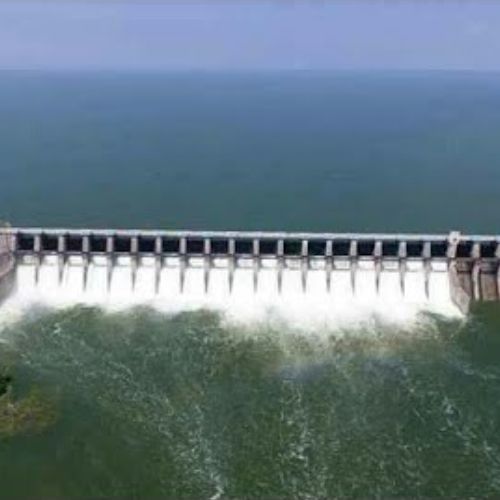According to the most recent report from the Central Water Commission (CWC) on March 7, 2024, the combined water availability in 150 reservoirs nationwide stands at 73.297 billion cubic meters (BCM), constituting 41% of their total live storage capacity. In contrast, during the same period last year, the reservoirs held 88.392 BCM, showing a decline of almost 17%. Consequently, the live storage in these reservoirs is at 83% compared to the corresponding period last year.
In the northern region, reservoirs currently hold 6.944 BCM, equivalent to 35% of their total live storage capacity. This marks a decrease from the 42% storage recorded during the corresponding period last year.
Moving to the eastern region, the live storage capacity stands at 10.732 BCM, representing 53% of the total live storage capacity of the reservoirs. In contrast, the storage during the same period last year was 47%, indicating an improvement in the current year.
In the western region, the total live storage is reported at 18.825 BCM, accounting for 51% of the total live storage capacity. However, this shows a decline compared to the 60% storage recorded during the corresponding period last year.
In the central region, the total live storage available is 22.952 BCM, making up 48% of the total live storage capacity. This is a decrease from the 51% storage observed during the corresponding period last year.
Moving to the southern region, the total live storage available is 13.844 BCM, representing 26% of the total live storage capacity. This marks a decline from the 44% storage recorded during the corresponding period last year.
Noteworthy statistics include 47 reservoirs with storage levels higher than last year and 69 reservoirs surpassing the average of the last ten years. On the flip side, 12 reservoirs have storage levels less than or equal to 20% compared to last year, and nine reservoirs fall below or equal to 20% concerning the average of the last ten years. Additionally, 31 reservoirs have storage levels less than or equal to 50% compared to last year, with 21 reservoirs falling below or equal to 50% concerning the average of the last ten years.












